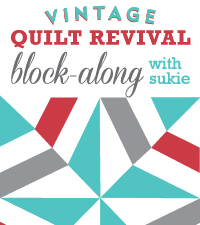
Our quilting group at my former church undertook a huge project to make 25+ full sized bed quilts for a Christian retreat center in Bolivia. We had a blast hand painting several bolts of PFD fabric, using Pebeo Setaclolor transparent paints and salt. The whole congregation and many people from the community were involved. You can read more about the project here. If you want to know the technique, this link to Phil Beaver’s instructions will guide you.
Even though we had a designer who designed the quilts for maximum use of the dyed fabrics, we still had lots of scraps, most were less than 2” wide. To celebrate the event, I made this string pieced quilt. It was accepted in the Sacred Threads 2007 exhibition in the category, Brotherhood.
It has graced the walls of my studio for the past seven years, but it’s time for a change. Eastminster Presbyterian Church of Evansville, the congregation that made this project possible is experiencing a milestone this fall. The pastor is celebrating twenty-one years with the congregation. A celebratory banner is in order. The church has lots of wall space for display. It will find a home there, and I still have my sewing machine cover and a bag of scraps.













